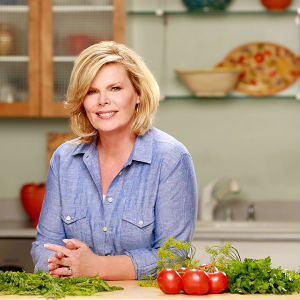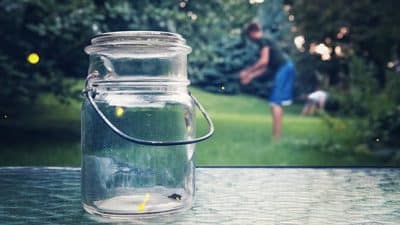
What hits the spot on a cold day better than a nice steamy hot bowl of thick beef stew?
By definition, stew is not a dish-it’s a cooking method that involves simmering meat and vegetables in a rich flavorful liquid.
Now, Leanne, you’re thinking, that sounds an awful lot like braising.
And it does (gold star for you)-there are only a couple of differences between a braise and a stew:
• With a braise, the meat is generally left in its whole form;with stew, the meat is generally cut into pieces
• With stew, the cooking liquid usually covers the meat and the vegetables; in a braise, the liquid comes up to the halfway mark of the item you’re cooking
Very small differences, yes, but apparently enough to define each of them as their very own method of cooking!
What to stew
The best things to stew are hardy vegetables and tough cuts of meat. (Did I mention stewing is a dirt cheap way to feed your family?)
The best protein to stew would be:
• Brisket
• Chuck
• Oxtail
• Round
• Shank
• Pork shoulder
• Chicken thighs
• Mutton
You can stew fish, but you don’t want to cook it very long or your fish will just cook down into a pot of mush. Sea bass, cod, halibut and shark are good options for fish stew.
And when it comes to vegetables, the following are prime candidates:
• Potato
• Carrot
• Celery root
• Leek
• Cabbage
• Celery
• Eggplant
• Tomato
Tough greens handle stewing well, too, but you might want to add them closer to the end of your cooking time. Kale, chard and collard greens are good in a stew.
Now, how do you stew?
I’m so glad you asked! The following is the basic method you’ll follow, no matter what you’re stewing:
• Prepare your protein by dredging in some flour seasoned with salt and pepper. This step will help your stew to thicken later in the process (gluten free? No worries, any gluten free flour will work)
• Take your dutch oven (perfect vessel for stewing) or other heavy pot and sear the meat in some butter or coconut oil
• When your meat has a nice dark sear on it, remove it from the pot and add some diced onions, carrots and celery, and stir until golden brown
• Toss in any herbs and spices you would like to use to season your stew and deglaze the pot with wine, beer, stock, water, or a combination of liquids
• Put your meat back in the pan and add enough liquid to just cover the meat
• Bring to a simmer
• Cover and place in the oven at 300 degrees for a couple of hours, depending on your protein (fish will only take fifteen or twenty minutes, while a tough cut of beef will need at least two hours)
• When there’s 30 minutes or so left in the stewing process, add vegetables
At the end of the process, if your liquid isn’t as thick as you would like, you can thicken it with a roux of flour and butter, some arrowroot flour or a little cornstarch dissolved in water. You’ll then need to bring the stew to a boil on the stove top so that the starch can go ahead and do its work to thicken that cooking liquid.
And there you have it. A delicious and nutritious stew.
Leanne Ely is a NYT bestselling author and the creator of SavingDinner.com, the original menu planning website, bringing families back to the dinner table for over 15 years.










